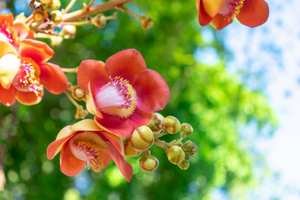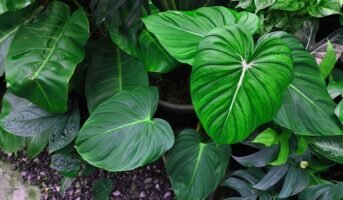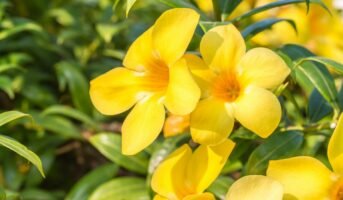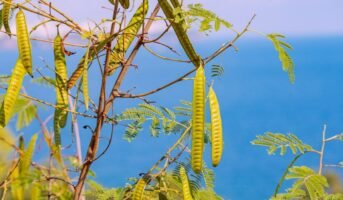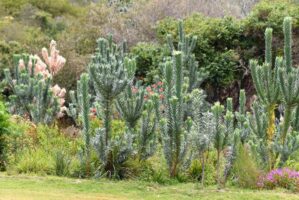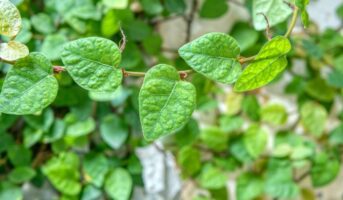What is Couroupita Guianensis?
Couroupita Guianensis, also known as the Cannonball Tree, is a tropical tree native to the Amazon Rainforest. It is grown for its bright green leaves, which have a pleasant scent and are used to make tea. The plant can grow up to 30-f00t tall, and has pink flowers that bloom from May to September. Manoranjitham flower is also known as a Tropical plant.
The plant is not only beautiful but also useful, as it produces edible fruit that can be eaten raw or cooked. Couroupita Guianensis also has long been associated with traditional medicine in South America, as well as being used in ritual dance ceremonies and ceremonies to promote fertility.
The edible part of the Couroupita Guianensis is known as croupy fruit or corrupt nut, which looks like a small orange tomato or pear-shaped seed pod. It contains large amounts of vitamin C and potassium, making it an excellent source of vitamins for people who cannot eat meat regularly due to health issues such as high cholesterol levels or diabetes mellitus.
See also: all about Manoranjitham
Couroupita Guianensis: Quick Facts
| Botanical Name | Couroupita Guianensis |
| Common Name | Cannonball Tree |
| Genus | Couroupita |
| Kingdom | Plantae |
| Clade | Tracheophytes |
| Family | Lecythidaceae |
| Life Cycle | Annual |
| Mature Size | >30m |
| Cultivation | Northeastern South America |
| Benefits | Medical |
What does a Couroupita tree look like?

Source: Pinterest
Couroupita guianensis is a plant that is native to the Guiana Shield in South America. It is a perennial vine with pink flowers that bloom from May through August. Its leaves grow up to 20 centimetres long, and they are heart-shaped and green on one side, while they are dark green on the other. They grow in clusters at the ends of the branches, which makes it easy for bees to pollinate them.
Couroupita Guianensis: How to grow?
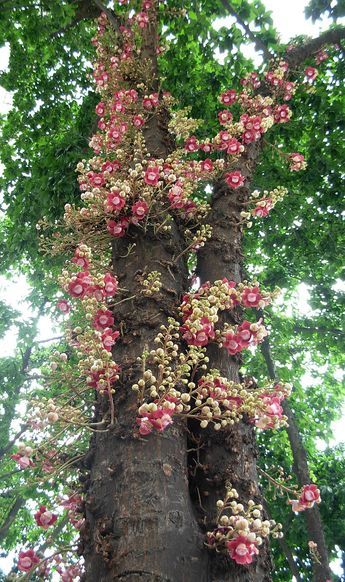
Source: Pinterest
You should start your Couroupita guianensis by taking care of its soil. Make sure it has plenty of drainage and good air circulation around the roots, which will help prevent rot from occurring. You can also add some perlite to improve drainage if you have trouble keeping your soil moist.
You should fertilise your Couroupita guianensis about once every two weeks using an organic fertiliser with high nitrogen content like fish emulsion or kelp meal. You can also use regular garden fertiliser at half strength twice a year if you don’t want to use fish emulsion or kelp meal.
Couroupita guianensis prefers bright light but should not be placed where direct sunlight will be hitting it directly on hot days because this can cause leaf scorch and sunburn. Instead, place it near an east-facing window or under fluorescent lights with a cool timer so that it won’t get too hot during the day but still get enough sunlight.
Couroupita Guianensis: Maintenance Tips
- Plants planted indoors will thrive in full sun during the summer. In winter, place it behind a window or on a veranda if it’s warm and luminous. Humidity is a concern when temperatures are low, so avoid cold rooms.
- Outdoor plantings can be done in the full ground under the full sun if your climate allows it. It is recommended, however, that it be kept in pots for the first year.
- If your plants are being attacked by aphids or other pests, you should control them by hand. You should change the soil, remove as many undesirables as you can by hand, and then water them vigorously. In this way, any eggs that may be present will be removed.
What are the medical uses of Chinese Guianensis (Cactaceae)?
- The leaves of Couroupita guianensis have been used in traditional medicine for centuries.
- They contain compounds called coumarins that may reduce inflammation and help treat pain by acting as anti-inflammatories or anti-emetics.
- This plant has also been used in folk remedies for treating stomach problems and diarrhoea by chewing on the leaves or drinking infused water.
- Couroupita guianensis also contains antioxidants called ellagitannins that have anti-inflammatory effects on free radicals caused by oxidative stress.
Couroupita guianensis: Toxicity
This plant is poisonous if consumed, and it may cause skin irritation or allergies if handled.
FAQs
Is Couroupita guianensis edible?
Although edible, the fruit can have an unpleasant smell, which contrasts with its intensely fragrant flowers. It is fed to livestock, including pigs and domestic poultry.
How does cannonball fruit taste?
There are notes of sour apple, rubber, and musk in the flavour of cannonball fruits.
What is the habitat of cannonball trees?
It originates from the rainforest region of Guiana Island and is a deciduous tropical tree.
Housing News Desk is the news desk of leading online real estate portal, Housing.com. Housing News Desk focuses on a variety of topics such as real estate laws, taxes, current news, property trends, home loans, rentals, décor, green homes, home improvement, etc. The main objective of the news desk, is to cover the real estate sector from the perspective of providing information that is useful to the end-user.
Facebook: https://www.facebook.com/housing.com/
Twitter: https://twitter.com/Housing
Email: [email protected]
